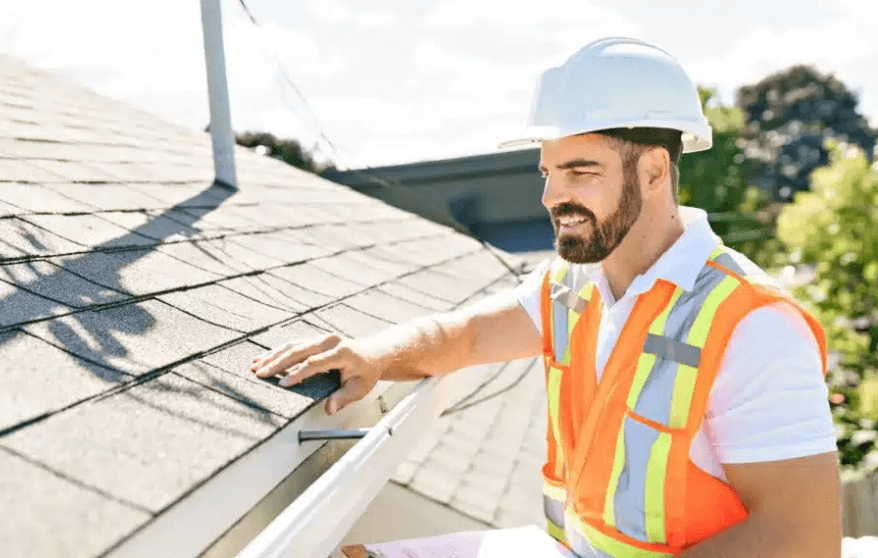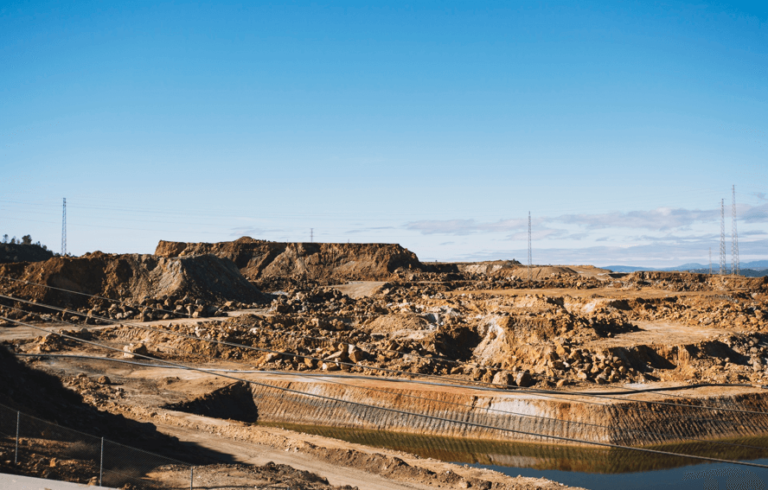Roof-Readiness Checklist: Avoiding Delays and Extra Costs

Thinking about solar but worried something on the roof might derail the big day? A little prep goes a long way. Use this practical checklist to make sure your home is truly “solar-ready” so the installers can arrive, fit, test, and tidy up without surprises.
If you are exploring solar panel installation in Thornbury, the fastest route to a smooth experience is a thorough pre-installation survey. Booking cost-effective solar panel installation services in Thornbury means that key checks are handled in advance, the right kit arrives, and any red flags are addressed before scaffolding is even ordered.
As the market accelerates, momentum is on your side, and a recent Financial Times analysis of solar’s rapid growth underlines why it pays to be ready when installation slots open up.
1) Pitch and orientation
The UK sweet spot is a largely unshaded, south-facing roof pitched roughly 30 – 40 degrees. East or west works well too, typically shifting output to mornings or late afternoons. Low-pitch or flat roofs are suitable with tilt frames, provided ballast or fixings are planned to control wind uplift and prevent overloading the structure. A good survey will confirm rafter condition and fixings, then model your expected yield by orientation so you know what to expect across the seasons.
2) Shading fixes that pay back
Chimneys, TV aerials, dormers, and nearby trees can clip production, especially in winter when the sun is lower. Simple steps help: trim back branches, relocate or remove redundant aerials, and plan the array in strings that avoid persistent shade. If shade is unavoidable on part of the roof, consider power optimisers or microinverters so one darker panel does not drag down the whole string. Shade mapping during the survey guides the panel layout and cable routes, avoiding on-the-day changes.
See also: Customised Workwear – Empowering Businesses Professional Branding
3) Roof condition and access
Installers need a stable, watertight surface. Ask for repairs in advance if you have slipped tiles, brittle felt, soft battens, or crumbling mortar on ridge and hip lines. On slate, check for cracked or thin slates and specify hook systems suited to the slate type. Agree on scaffold positions that leave safe walkways and space for the inverter location. Good access saves time and reduces the risk of accidental breakages.
4) Fuseboard and electrics
A tidy consumer unit makes commissioning painless. You will typically need a spare way for the solar breaker, RCD protection to current standards, and often a surge protection device. Check the main fuse rating, meter tails, and earthing so they match the inverter capacity. Many homes benefit from a lockable AC isolator by the meter, a neat cable route to the inverter, and a clear mounting spot with airflow. If you are installing solar panels in Thornbury, homes often pair PV with a battery, so confirm wall space and clearances now rather than later. For a helpful big-picture view on how upgrades fit together, see The Economist’s explainer on home energy upgrades.
5) How a quality survey streamlines installation day
A strong survey wraps all of the above into a plan. Expect:
· Verified roof measurements and loading notes
· Shade modelling with a final panel layout
· Confirmed inverter, isolator, and battery positions
· Cable runs agreed to avoid visible trunking where possible
· Consumer unit photos to pre-build the right protection kit
· DNO notifications and any grid limits flagged early
· Scaffold and delivery logistics booked to the hour
Quick roof-readiness checklist
· Sound tiles or slates, intact underlay, and firm battens
· Clear of shading where practical, with planned mitigation where not
· Orientation and pitch assessed, with yield estimates shared
· Consumer unit and main fuse checked, with spare ways and RCDs confirmed
· Agreed locations for inverter, battery, and isolators
· Scaffold plan and safe access routes locked in
Get these pieces in place, and installation day becomes more predictable, faster, and less expensive. You will capture more sun from day one, avoid last-minute extras like emergency roof repairs, and start reaping the bill savings your roof has been promising all along.





